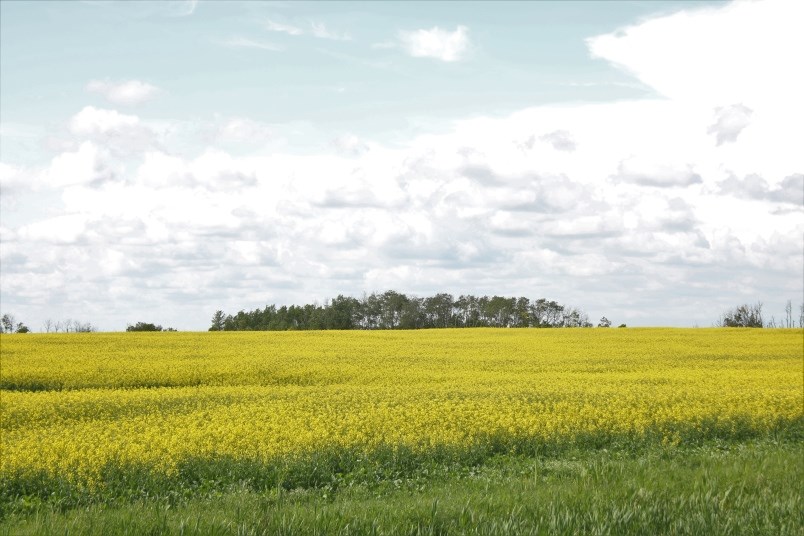YORKTON - So when is a weed not a weed?
Well in answering that question I am reminded of something my grandfather used to say; ‘a rose is just a weed if it’s in the potato patch’.
The truth of his wisdom of course being that it often depends how one looks at things just how we assign importance.
Typically, a rose is a welcome sight in a garden, but not if it interferes with how one tends the spuds in his example.
We of course are quite a particular species when it comes to how we view things.
Just drive down a residential city street and you find that we typically view front yards as postage stamp-sized areas of close cropped grass with the deepest green colour coveted to the point we regularly dedicate our water resource to it, and are ready to spread fertilizer or attack any weed with a chemical every Saturday morning.
Why do we seem to collectively see that patch of rarely tread upon grass as urban perfection?
It’s probably just an ingrained viewpoint, although a few do stray to a yard of concrete and rocks, or even those seeing the patch of land as valuable to grow food, or at least pretty flowers.
Some even venture to a wilder, more natural yard-scape, although whether such efforts are happily viewed by neighbours, or even allowed under municipally ordinances may depend on where you live.
When it comes to plants, the line between wanted and weed often depends on who draws that line.
For example, take stinkweed as an example.
When I was a wee lad a half century plus ago stinkweed was a much hated plant on the farm. At the time Dad still milked a couple of cows selling cream to the local creamery, and no one wants cream from a cow if they have lunched on stinkweed.
Nor, do you really want the eggs from hens who dined on the weed either.
And in a grain crop, well any other plant is just a competitor for moisture, nutrients and growing space, so they are not welcome.
But, wait, maybe stinkweed can have a place on a farm too.
At least a recent story at www.producer.com suggests a future crop may emerge out of research based on the weed.
The story relates “American scientists want to transform stinkweed into a cold-tolerant, short-season oilseed similar to camelina.”
The research is based on a crop which is a sort of look-alike cousin of stinkweed but instead could be a new cover crop and oilseed called domestic pennycress, or formally, Thlaspi arvense.
“John Sedbrook is a professor of genetics at Illinois State University and one of the researchers working to turn this weed into a crop. In some ways it echoes the development of its plant relative, canola,” notes the story.
While the entire story is interesting in what researchers have done, what is perhaps most intriguing is that Sedbrook and his colleagues have been able to use “plant-breeding tools such as CRISPR gene editing to modify pennycress.” In that effort a weed has become a potential farm crop.
The result of the process leaves a most interesting question; what other ‘weeds’ might be genetically tweaked to become viable crops in the years ahead?

